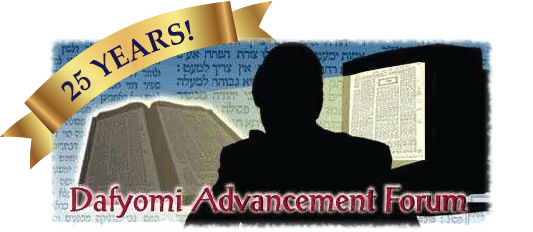What is the meaning of "Al Har Tziyon she'Shamem"?
Ri Kara: The Beis ha'Mikdash was destroyed. Ibn Ezra - Shamem is past tense [even though there is a Tzeirei under the Mem], like "Ka'asher Ahev" (Bereishis 27:9).
R. Avigdor: It is written she'Hishamem 1 . This is like Seh Shamem - Hashem made desolate the place where Avraham offered a Seh in place of his son.
In our texts, it is normal. Perhaps he means that there is a Tzeirei under the Mem, as if it said she'Hishamem. (PF)
Why does it say "Shu'alim Hilechu Vo"?
Ibn Ezra: Others caused foxes to go there. This is like "va'Yachantu Oso" (Bereishis 50:26; it does not mention who did so). Also "Arum Hilechu" (Iyov 24:10) is Po'el Yotzei (one acts on others). They are unlike "Koder Hilachti" (Tehilim 38:7), which is Pi'el, Po'el Omed (the action applies only to the subject). Foxes normally go in ruins 1 .
Ri Kara: Foxes trampled there. 'If Hilech on hides enough for tanning them, they are Tehorim' (Chulin 122a). In a Selichah that R. Gershom composed (for Tzom Gedalyah 2 ), it says 'Dashu Bo Shu'alim v'Necherash l'Macharashos.'
Perhaps Ibn Ezra explains why they bring specifically foxes - foxes will remain there. Alternatively, even though over time, foxes would normally go there, the enemy wanted to bring this disgrace immediately. (PF)
In Nusach Lita, it is Selichah 59, amidst the last part of Tachanun. It is not in Nusach Polin.




